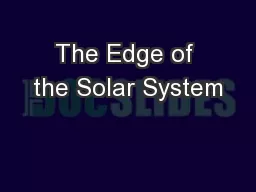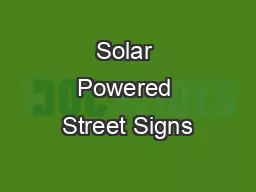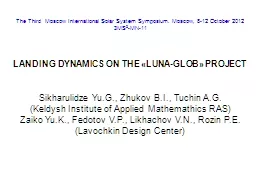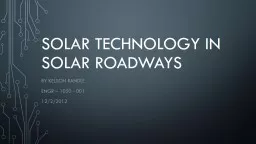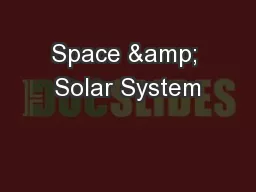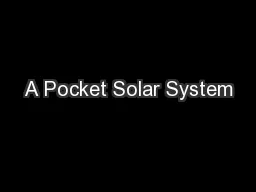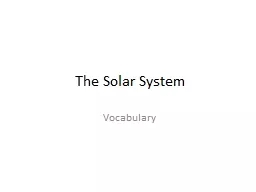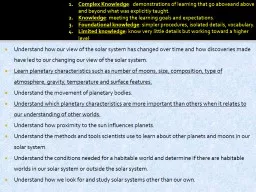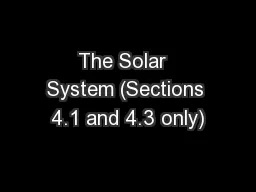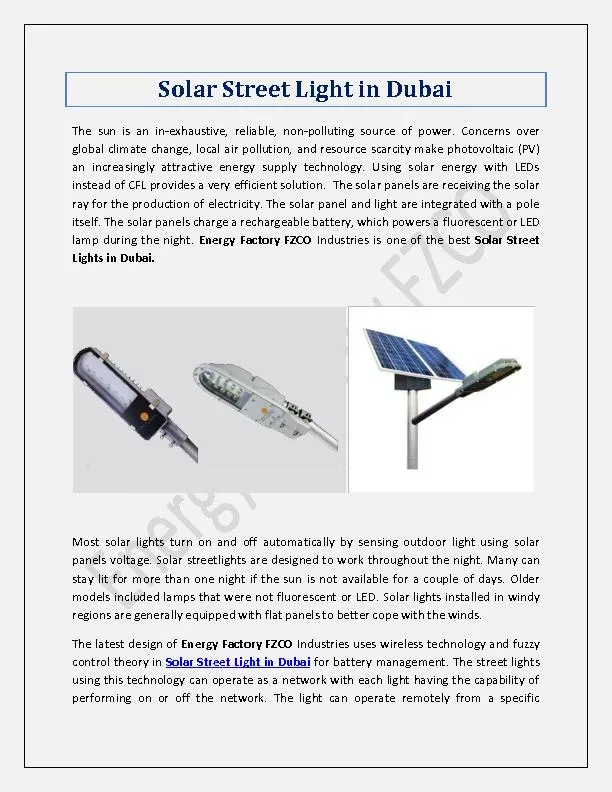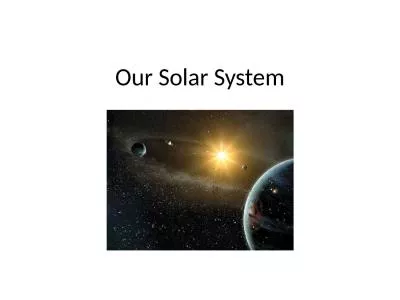PPT-The Edge of the Solar System
Author : giovanna-bartolotta | Published Date : 2017-11-03
The Oort Cloud What is the Oort Cloud Spherical area between 5000 and 100000 AU from the sun Kuiper belt ends at 55 AU Proxima Centauri is 270000 AU from sun Contains
Presentation Embed Code
Download Presentation
Download Presentation The PPT/PDF document "The Edge of the Solar System" is the property of its rightful owner. Permission is granted to download and print the materials on this website for personal, non-commercial use only, and to display it on your personal computer provided you do not modify the materials and that you retain all copyright notices contained in the materials. By downloading content from our website, you accept the terms of this agreement.
The Edge of the Solar System: Transcript
Download Rules Of Document
"The Edge of the Solar System"The content belongs to its owner. You may download and print it for personal use, without modification, and keep all copyright notices. By downloading, you agree to these terms.
Related Documents

